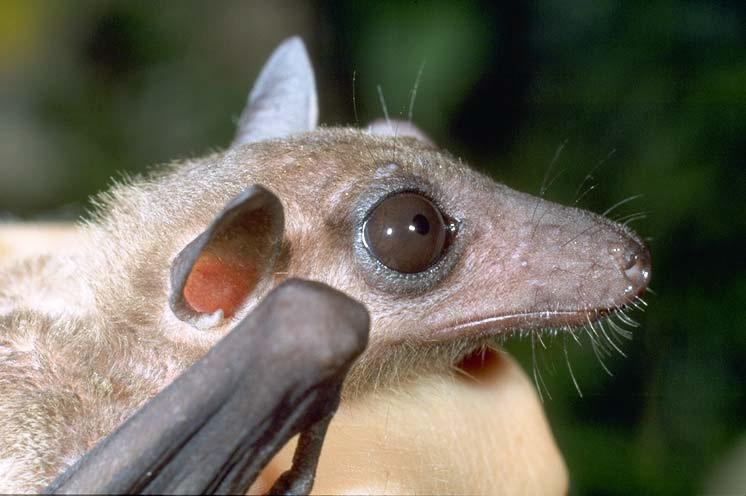Steffen Watzke
Aim of this study is to identify the primary pollinators of the mangrove tree.

The cave fruit bat flies from Batu Caves to Kuala Selangor every night to feed on the flowers of the beremban trees, and flies back before dawn.
As to date, only few studies have dealt with the importance of flower-visiting bats as pollinators for numerous plants. By visiting these flowers, nectar bats transfer pollen from flower to flower, thus promoting outcrossing.
This study was conducted in a riverine mangrove habitat fringed by a mosaic of secondary forests and cultivated areas (including both, smallholder gardens and plantations). The study site is located at the Village “Kampong Kuantan”, approximately 10 km upstream from the estuary at the Selangor River in Peninsular Malaysia. It is strongly influenced by tidal activities. In the tidal zone, the mangrove tree Sonneratia caseolaris grows along the river bands, forming narrow stands of mangrove habitat.
Although the close relationship of the small nectar bat Macroglossus minimus and the mangrove tree Sonneratia caseolaris in Malaysia has been known for a long time, no information about the effects of bat pollination on these trees is available. This tree prevents erosion, provides high quality timber and important breeding ground for fish, crabs, prawns and cockles. This area is famous for its exclusive display sites for millions of fireflies which gather each night along the river banks and flash in almost complete synchrony. This phenomenon is the primary source of income for many villagers, who operate a sustainable eco-tourism project.
Aim of this study is to identify the primary pollinators of the mangrove tree Sonneratia caseolaris (Sonneratiaceae), to study the role of macroglossine nectar bats as keystone species in a riverine mangrove habitat in Peninsular Malaysia and to ascertain, if S. caseolaris depends on outcrossing by bat pollination. A crucial part of this study is to evaluate the pollination efficiency of nectar-feeding bats in terms of pollen travel distances, pollen transfer, fruit set, seed production and seed germination in S. caseolaris compared to experimental pollination schemes (e.g. artificial crosspollination, selfing).
If nectar bats are the only effective pollinators of S. caseolaris, they are of crucial importance for the dynamics, natural regeneration and conservation of mangrove habitats in Malaysia and elsewhere.